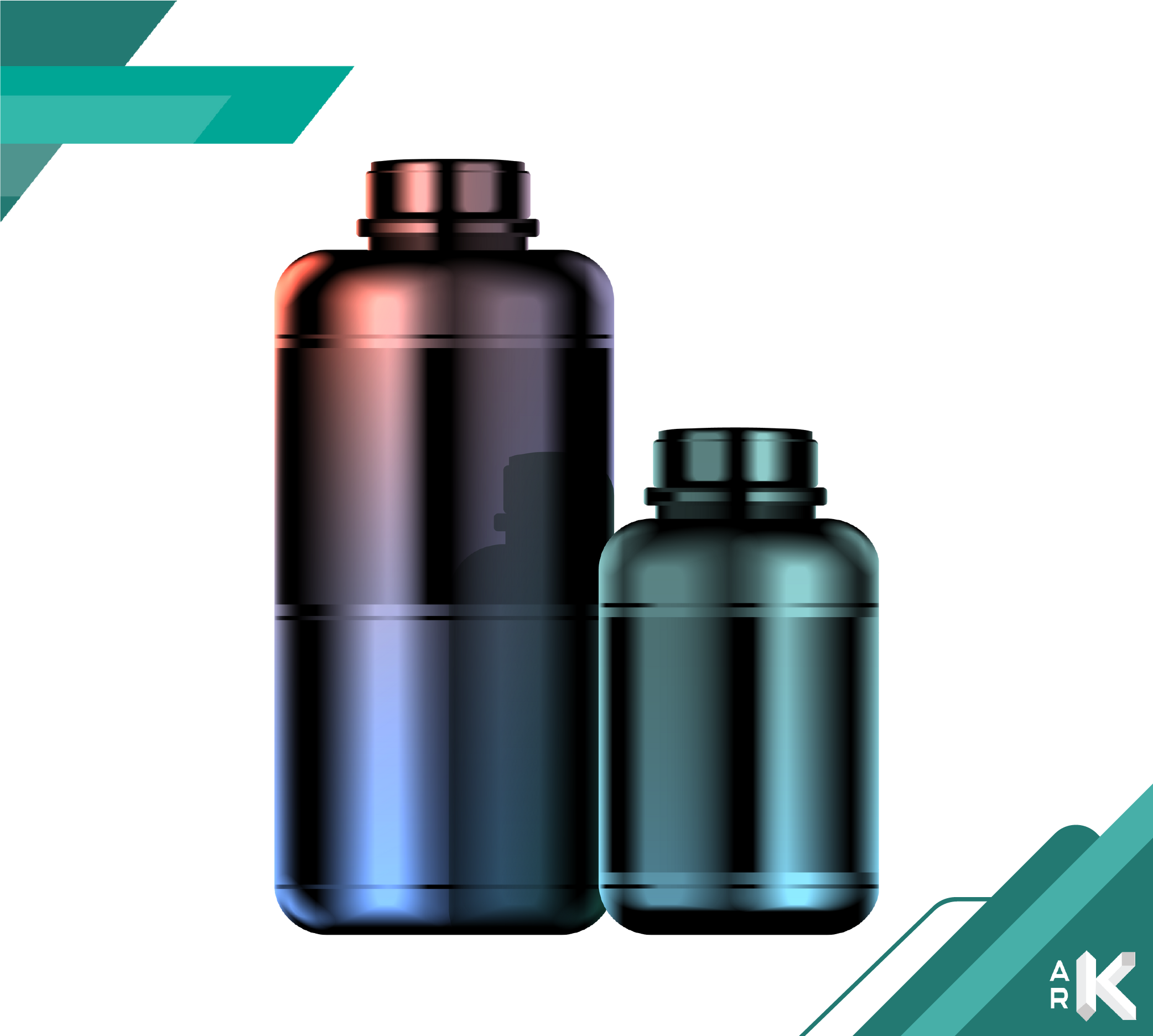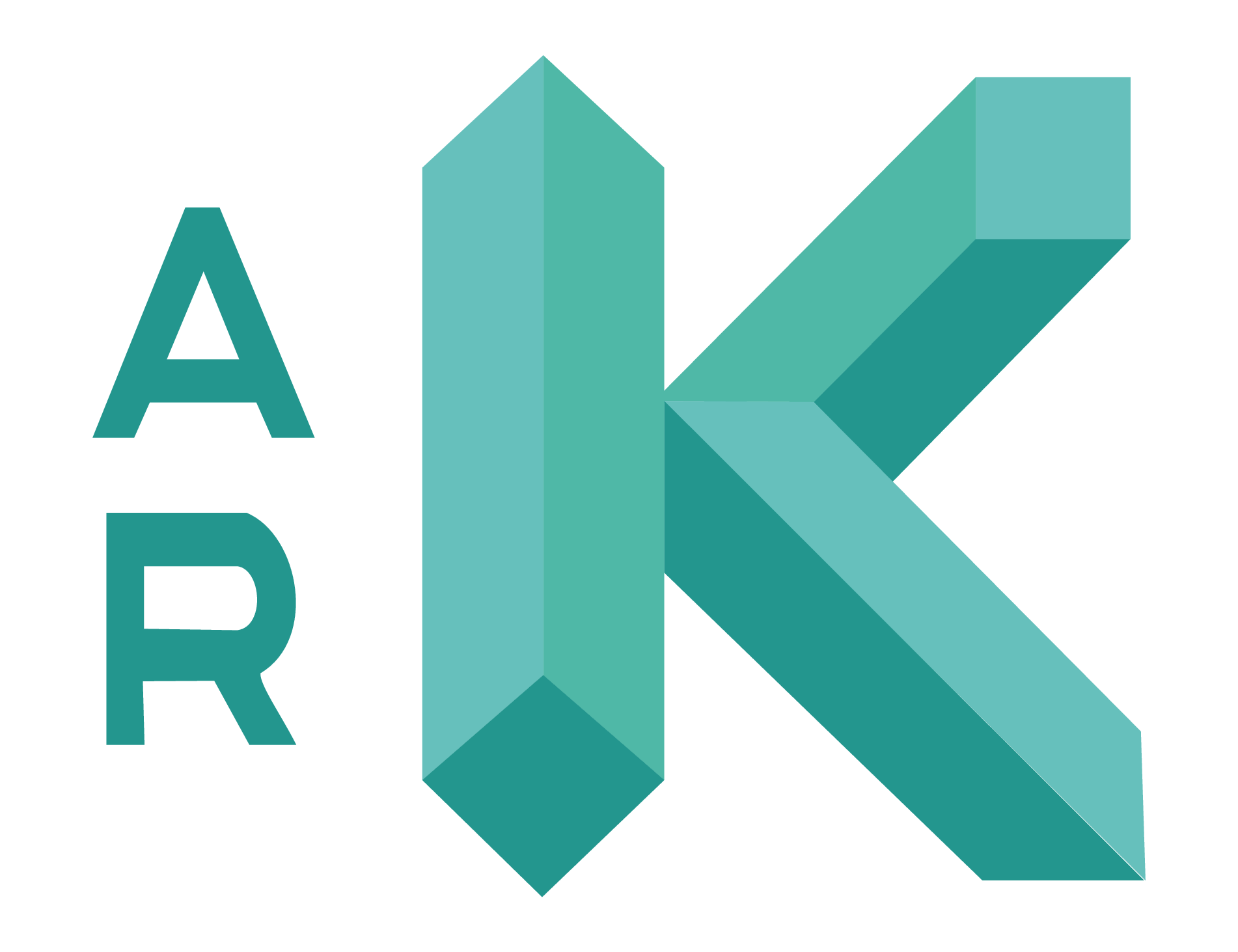
Resin Materials for 3D Printing: Unleashing Precision with SLA Technology
SLA filaments, more commonly known as resin printing, represent a sophisticated alternative to traditional FDM (Fused Deposition Modeling) techniques. Unlike FDM, which melts plastic to form objects, SLA technology employs a UV-reactive liquid resin that hardens under specific light conditions.
Each layer of the print is “cured” using an LED array emitting a precise pattern of light. This process results in models with unparalleled detail and precision, making SLA printing a preferred choice for industries requiring high accuracy such as dental medicine, jewelry design, and alternative medical devices.
Working with resin materials, however, presents a steeper learning curve due to the intricate handling and post-processing requirements. Despite these challenges, the superior finish and detail offered by resin printing make it a valuable tool in professional applications.
Explore the Potential of Resin Printing Today
Dive into the world of high-precision 3D printing with SLA technology and discover how it transforms industries with its detailed outcomes. Whether you’re creating custom dental appliances, intricate jewelry, or innovative medical devices, SLA printing offers the detail and precision you need to bring your visions to life.
Understanding the Composition of Resin Materials in 3D Printing
The journey of 3D printing technology has been marked by significant evolution and numerous developmental stages. A key area of this evolution involves the materials used in the printing process, especially when it comes to resin-based 3D printing.
Resin materials, used in Stereolithography (SLA) and Digital Light Processing (DLP) 3D printing technologies, are known for their versatility and superior detail resolution. These materials are composed of photo polymeric liquid resin that hardens under ultraviolet (UV) light, layer by layer, to form solid objects with intricate details.
The development of resin materials has been instrumental in advancing 3D printing applications across various industries, including dental, jewelry, healthcare, and prototyping. As technology advances, the diversity and capabilities of resin materials continue to expand, opening new possibilities for innovation and design.
Explore the fascinating world of resin 3D printing and uncover how these materials are revolutionizing the industry with their precision and versatility.
Key Components of Resin Materials
Photopolymers: The primary component of resin materials, photopolymers harden when exposed to UV light, allowing for precise layering and detailing in 3D printing.
Additives: Various additives are mixed into the resin to enhance properties such as color, flexibility, strength, and UV resistance.
Pigments: To achieve a wide range of colors and finishes, pigments are added to the resin, enabling the production of aesthetically pleasing and detailed objects.

Exploring the Benefits of Resin Materials for 3D Printing
Unmatched Precision
Durability and Strength
Superior Surface Quality
Variety of Resin Types
Wide Range of Applications
Solutions
Essential Software for Working with Resin Materials in 3D Printing
Tools like Autodesk Tinkercad, Blender, and SketchUp are pivotal for creating detailed designs tailored for resin printing
Applications such as ChiTuBox, Lychee Slicer, and Formlabs PreForm prepare your models for printing by slicing them into layers and generating support structures when necessary
Enhance and finalize your prints with software designed for post-processing, ensuring the highest quality finish for your resin projects


